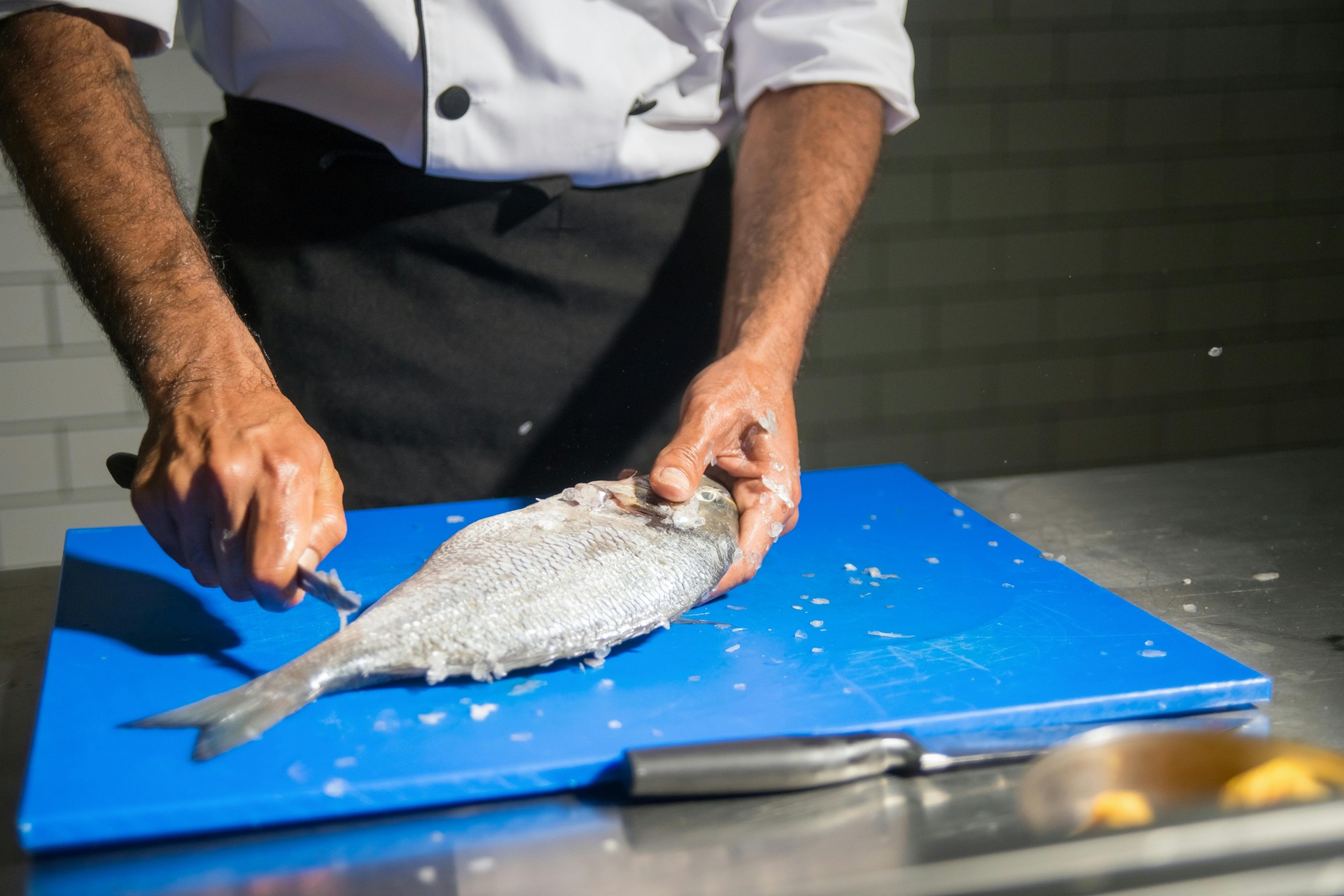Fish is a delicate protein that requires careful handling, especially when it comes to thawing. Defrosting fish incorrectly can lead to bacterial growth and a loss of texture and flavor. If you want to maintain the best quality while ensuring food safety, follow these expert-approved methods for thawing fish the right way.
Why Proper Thawing Matters
Thawing fish properly helps to:
Preserve Texture – Prevents fish from becoming mushy or waterlogged.
Enhance Flavor – Maintains the natural taste without affecting freshness.
Ensure Food Safety – Keeps bacteria at bay and prevents foodborne illnesses.
The Best Methods for Defrosting Fish
1. Refrigerator Thawing (Best for Quality)
How to do it:
Place frozen fish in a shallow dish or on a plate.
Cover it to avoid cross-contamination.
Leave it in the refrigerator for 8 to 12 hours, depending on thickness.
Why it works:
Keeps the fish at a safe temperature (below 40°F).
Maintains the best texture and flavor.
2. Cold Water Thawing (Faster Option)
How to do it:
Seal fish in an airtight plastic bag to prevent water absorption.
Submerge the bag in cold tap water.
Change the water every 30 minutes to maintain a safe temperature.
Most fish will thaw within 1-3 hours.
Why it works:
A quicker method that still keeps the fish out of the danger zone.
Preserves the integrity of the fish better than room temperature thawing.
Methods to Avoid
🚫 Never thaw fish at room temperature. Bacteria multiply rapidly at warm temperatures, increasing the risk of food poisoning.
🚫 Avoid microwaving. Microwaves cause uneven thawing, partially cooking some areas while leaving others frozen.
🚫 Skip hot water thawing. Heat changes the texture of the fish and can create a breeding ground for bacteria.
Pro Tips for Thawing Fish Like a Pro
Use fish immediately after thawing to keep it fresh and safe.
Pat dry before cooking to prevent excess moisture from affecting the texture.
Never refreeze thawed fish as it can degrade in quality and develop a rubbery consistency.
Final Thoughts
Properly thawing fish ensures a delicious, restaurant-quality meal every time. Whether you use the refrigerator method for maximum freshness or the cold water method for a quicker option, following these steps will help you enjoy flavorful, perfectly textured seafood every time you cook.




